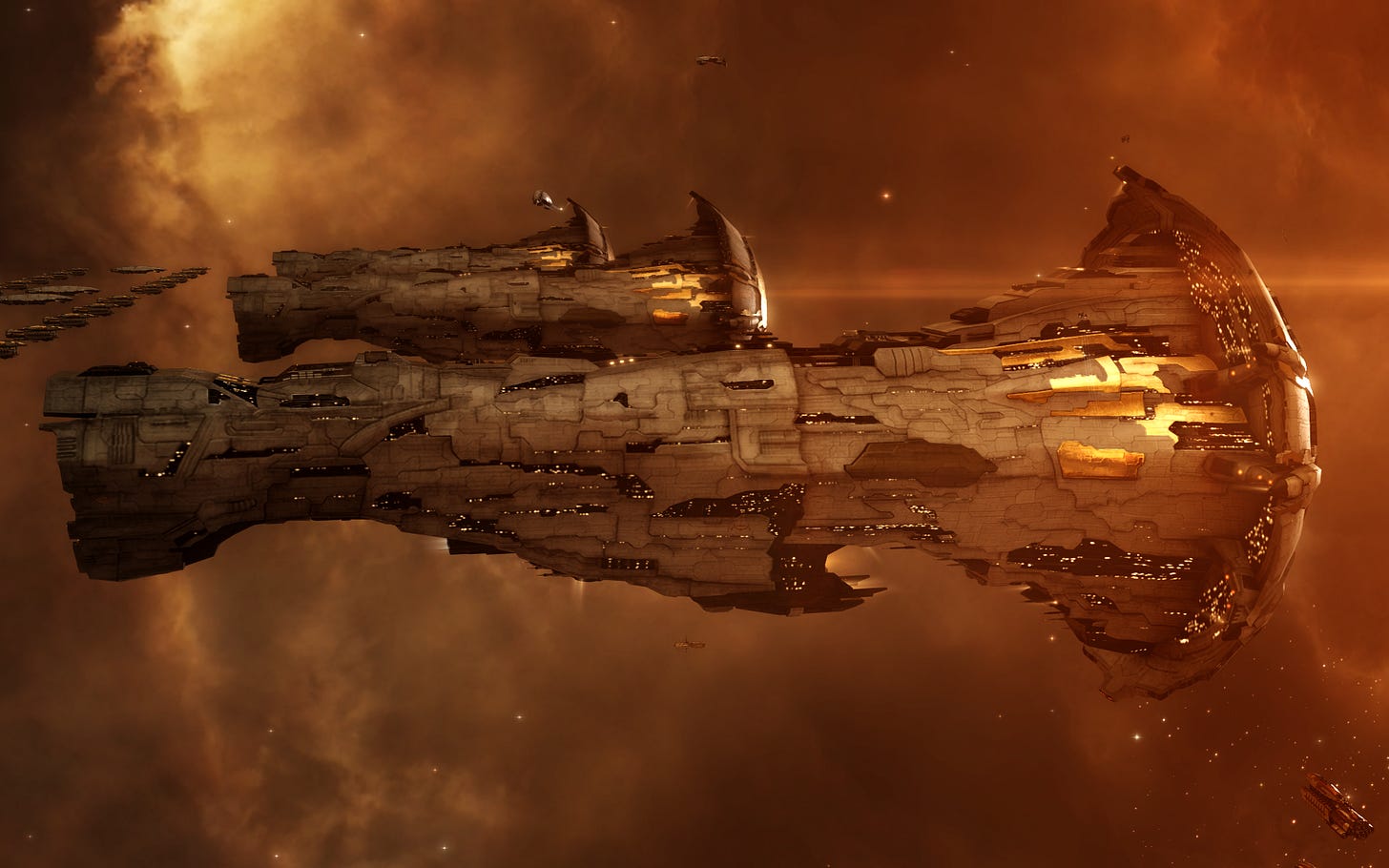Darkness was upon the face of the deep.
Darkness brightening.
Stars.
Casting their cool, pale, glinting light.
The darkness is full of stars.
Imagine that everyone you know is connected on a graph. Put yourself at the center, and from you a vast web of connections that reaches out to link you with everyone you love, everyone you hate, even thin faded lines connecting you to those faded faces you met only once but now can only thinly recall.
Imagine the infinite variety of links connecting you to all those people. Don't blame yourself if you have trouble imagining this in much detail, I do too. It's nothing short of an attempt to reduce the sum of your life's emotional entanglements into a form of data, and you already have a file keeping system in place for it. Love and hate are your mind's own biochemical file keeping system for this very same graph.
But this is a useful exercise of imagination because it allows us to take a next step that our minds have trouble with. It allows us to zoom out and imagine not only the links of others to ourselves, but the vast complexity of links of all others to each other. The result is a mess. An incomprehensible tangle of connections of every color and shade and intensity and distance. Connections that shine brighter than we thought possible, and hatreds linked more closely. And in between, the sum total of human existence binding together 8.1 billion souls upon this earth and even 10 in low orbit.
In Samuel Delaney’s space opera novel Nova, about a 37th century starship crew, one side character spends his spare time engaged in the curious 20th century art of…writing a space opera novel. He describes his goal in writing his novel to the main character, Mouse:
“From star to star; imagine, Mouse, a great web that spreads across the galaxy, as far as man. That’s the matrix in which history happens today. Each individual is a junction in that net, and the strands between are the cultural, the economic, the psychological threads that hold individual to individual. Any historical event is like a ripple in that net. I want to catch the throw and scope of this web in my novel. I want it to spread about the whole web. But I have to find that central subject, the great event which shakes history and makes the links strike and glitter for me.”
Rarely have I identified more personally with a fictional character.
But Octavia Butler wrote the analogy I like best. She called it The Pattern. In her book Patternmaster she describes this vastly complex human Pattern of interconnection as a sweep of stars, a mental and emotional galaxy, invisibly grasping and pulling and throwing itself in a great circular dance. Some stars glimmer beyond the outer rim, connected, but only affecting the others with the lightest touch. Some flicker out, leaving the whole not noticeably dimmer, except to those who remember their light.
EVE has its own web; its own Pattern. Its own interrelated collection of stars, different and more real than the 8000-some plasmic orbs that pulse in the center of the star systems of the New Eden cluster. EVE's Pattern connects all the millions of players who have given any piece of themselves, great or small, to this game, this community. Binding and arranging them all. Past, present, and future. That's why the game is so famously hard to quit. Even when you try to leave you're still connected.
The game of EVE is different for everyone, but on the whole it's a contest to move closer to the center of the Pattern. Toward the eye of this human galaxy density grows. The competition becomes fierce. The glittering spiral arms condense to a glowing galactic core where the forces that tug and pull grow in strength and test the bonds between each star. And at the center of this scintillating jewel, the ultimate abyss. A singularity, to which every star in the system is connected. Whether they like it or not.
If we're to understand this place at last then this is where we must go: beyond the event horizon at the center of EVE's human galaxy where all stars, all people, come together. To the place where darkness is eternal and morning is a memory. To find the star that gives no light. The Mitten that gives no warmth. The collapsed star at the center of New Eden around which this brilliantly glimmering island universe spun for more than a decade.
After ten years it was easy to assume that EVE and the guy were too well fit for one another to ever be parted. After all, who better to rule over a cold, dark, and harsh corporate dystopia than a retired Washington D.C. corporate defense attorney with plenty of time on his hands?




